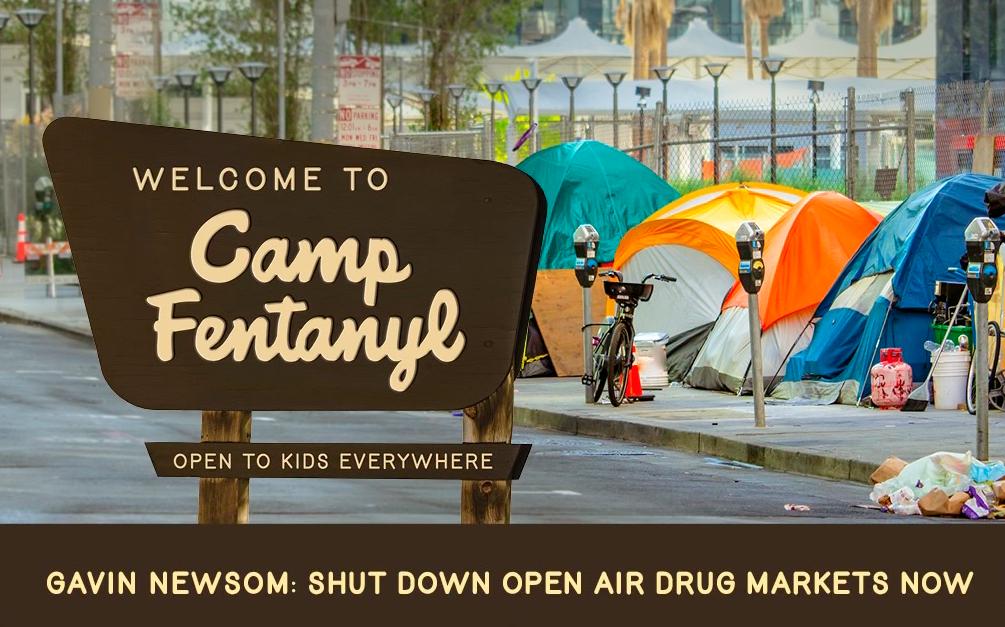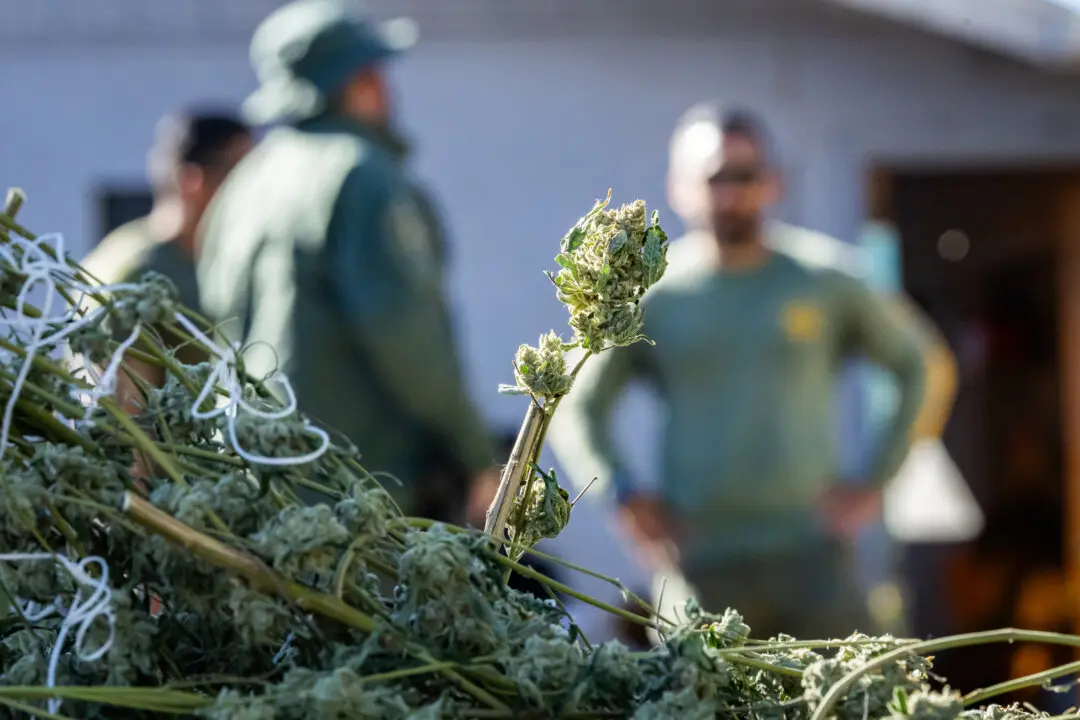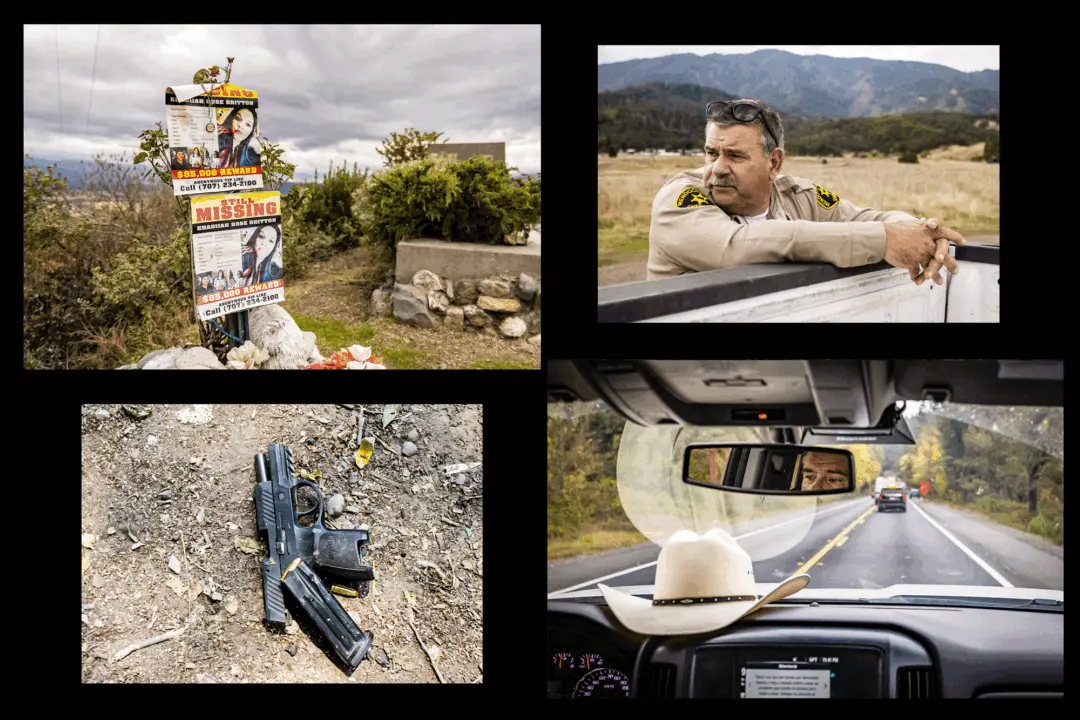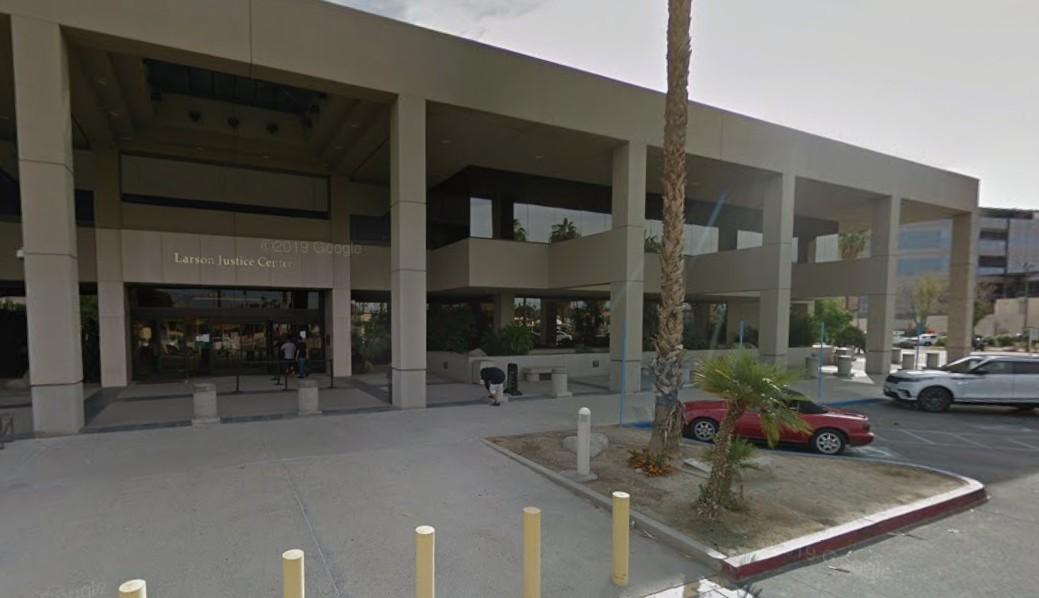Mothers Against Drug Deaths rallied on May 12 at the state Capitol building in Sacramento, demanding that California Gov. Gavin Newsom do more to solve the state’s “out-of-control fentanyl epidemic.”
The group of mothers unveiled a new billboard advertising campaign at a press conference. The new billboard depicts a “tent city drug scene” as a campground with a national forest sign that reads: “Welcome to Camp Fentanyl, Open to Kids Everywhere,” and “Governor Newsom, shut down open-air drug markets now.”





